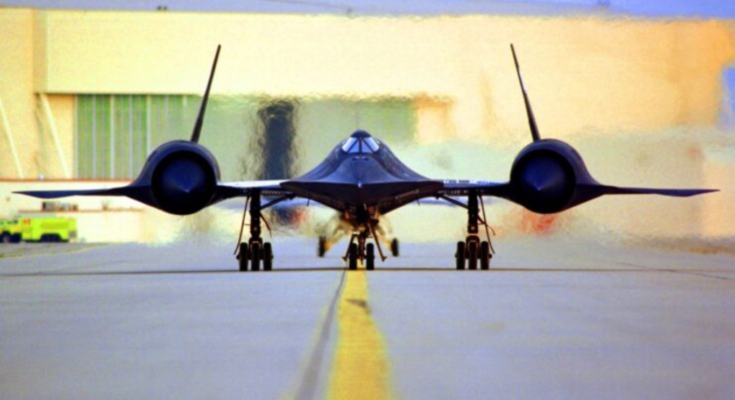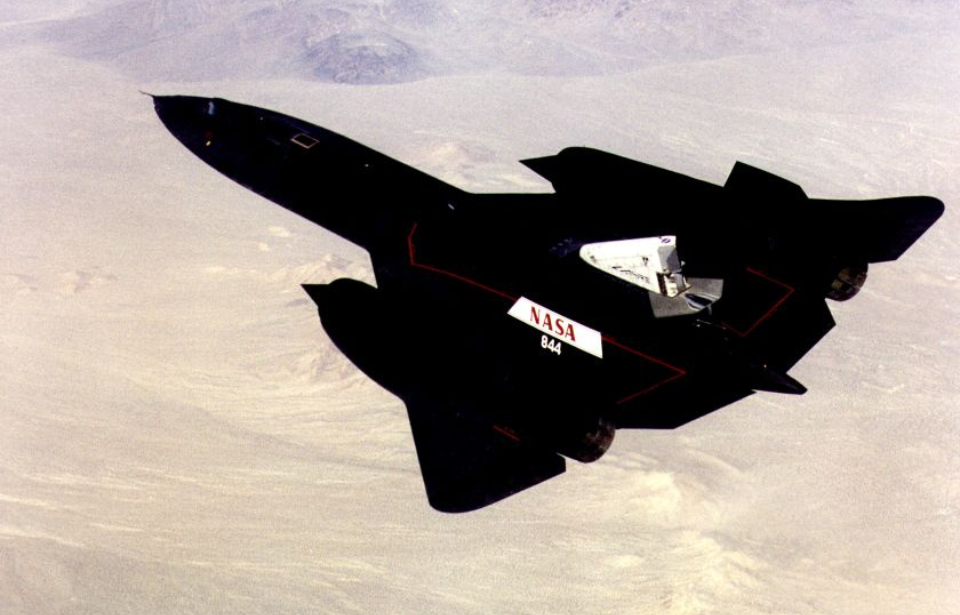
One of the most famous and sleekest reconnaissance aircraft ever operated by the US Air Force is the Lockheed SR-71 Blackbird. A feat of engineering, it showed the Cold War-era world just what the United States was capable of, instilling both awe and fear into the country’s adversaries. The information it was able to gleam on missions was vital to intelligence efforts, and the aircraft was an indispensable tool in times of conflict.
The following are some interesting, little-known facts about the SR-71.
Obtaining titanium from the Soviet Union
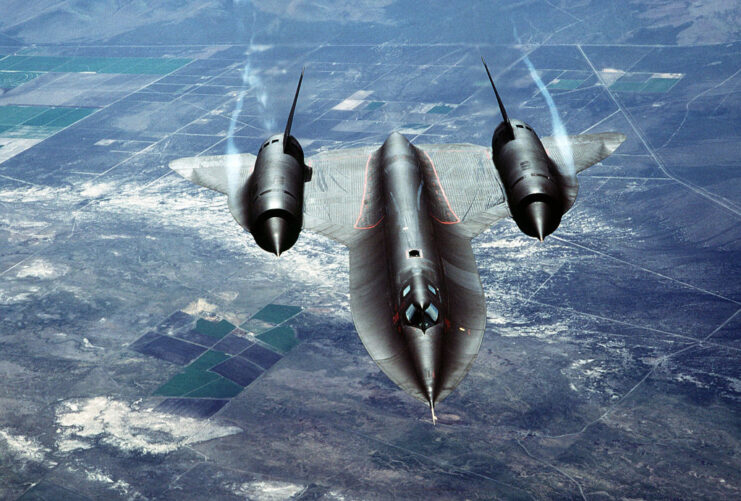
Despite being manufactured in the United States, the SR-71 Blackbird was built using titanium obtained from the Soviet Union. Now, you might be wondering, how did Lockheed manage to accomplish this during the Cold War? The answer was simple: the company didn’t work with the Soviets directly.
In an interview with the BBC, Col. Rich Graham, a former SR-71 pilot and wing commander, explained that alternative avenues were used to obtain the necessary ore. “Working through Third World countries and bogus operations, they were able to get the rutile ore shipped to the United States to build the SR-71,” he revealed.
It wasn’t initially called the SR-71 Blackbird
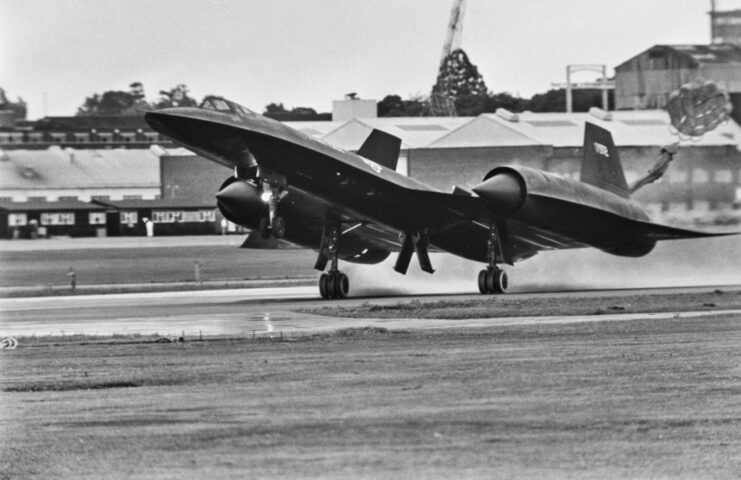
While it ultimately flew under the designation “SR-71 Blackbird,” the reconnaissance aircraft initially had a different name. It had originally been known as the “RS-71,” but Gen. Curtis LeMay, chief of staff of the US Air Force, told President Lyndon B. Johnson that he wanted the first letters switched around, so they would stand for “Strategic Reconnaissance.”
Given the press received a transcript with the “RS-71” designation, a rumor spread that Johnson had made a blunder during his speech. However, that wasn’t the case; the name had already been changed before he’d spoken to the media.
Using an Astro-Inertial Navigation System
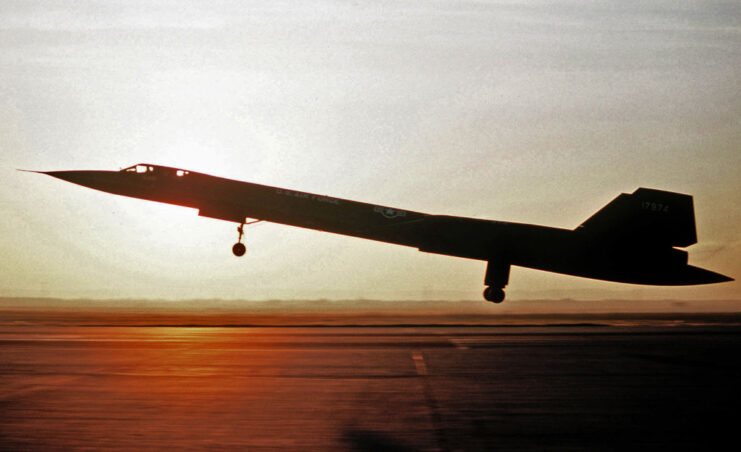
One reason why the SR-71 Blackbird was so successful as a reconnaissance aircraft was its Astro-Inertial Navigation System (R2-D2). Mounted behind the cockpit, it corrected any navigational issues during flight by using the locations of stars in the sky. It’s reported that this system was accurate up to 300 feet – not too shabby.
Outflying incoming missiles
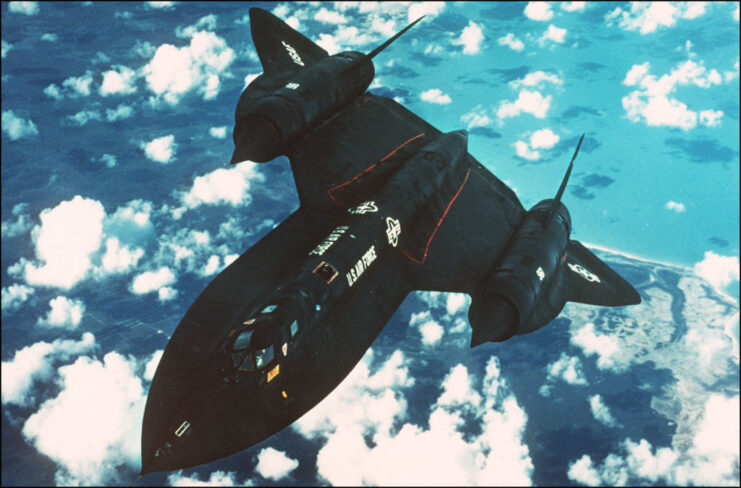
Given tensions at the time (it was the Cold War, after all), the SR-71 Blackbird needed to outfly any enemy missiles fired its way. That’s where its standard evasive action came in. If its system detected the launch of a surface-to-air missile (SAM), the aircraft simply increased its speed, to the point where it
How many Cold War-era aircraft can you name with the ability to fly faster than a missile? Truly impressive!
How many missiles did the SR-71 Blackbird outfly?
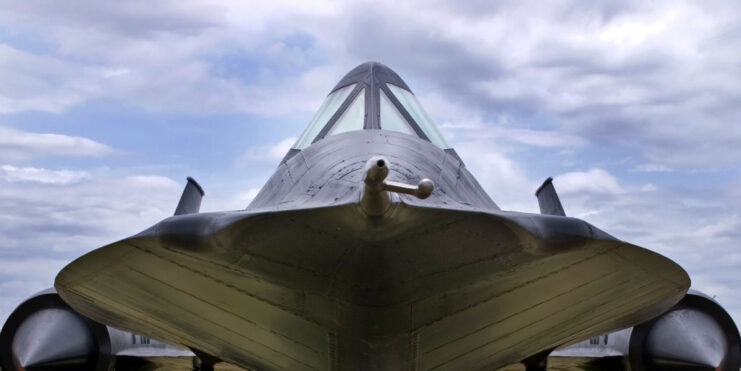
Speaking of missiles, do you know how many the SR-71 outflew over the course of its service life? According to reports, the total is somewhere near 4,000 – truly impressive, given it only served with the US Air Force for just over 20 years. Of that total, 800 were fired at the aircraft during the Vietnam War.
A less than stellar test flight…
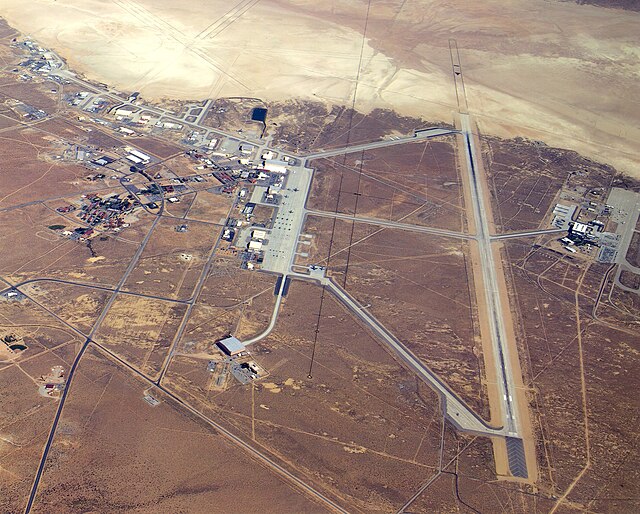
Test pilots are integral to the development of new military aircraft, as they’re the ones who essentially put their lives on the line to ensure new versions are not only effective, but safe. Some test flights are more memorable than others, and none exemplifies this statement more than the one Bill Weaver performed with the SR-71 Blackbird.
Speaking with the unofficial Chuck Yeager fan site, Weaver detailed the flight in January 1966. He and Lockheed reconnaissance and navigation systems specialist Jim Zwayer took off from Edwards Air Force Base, California, and while the first leg went well, the second part of their flight turned fatal.
While flying at Mach 3.18 at 78,800 feet, the automatic control system in the SR-71’s right engine inlet malfunctioned and, before long, the flight control authority had been exceeded. The last thing Weaver remembered before blacking out from the g-force was the aircraft disintegrating around him and Zwayer. He eventually awoke and was able to eject, landing in New Mexico.
Weaver had survived largely because of his specialized flight suit. Zwayer, on the other hand, had suffered a broken neck during the SR-71’s disintegration and died almost instantly.
Speaking of special flight suits…
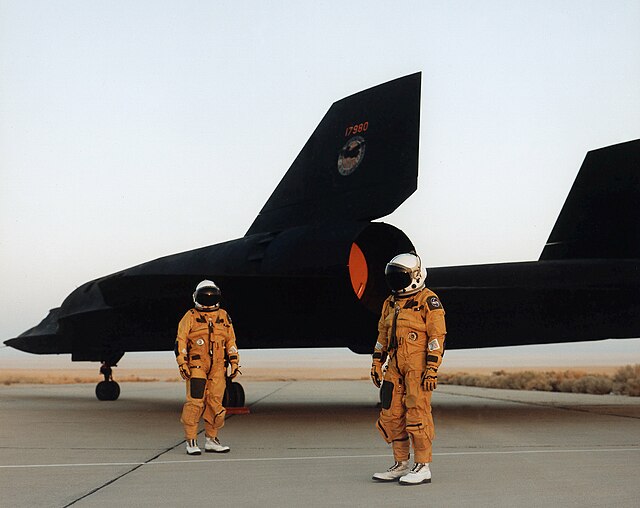
Given how fast and high the SR-71 Blackbird flew, those sitting in the cockpit needed more protection than a standard flight suit could provide. As such, specialized gear was developed, to ensure they could safely operate the aircraft.
The S1030 was a pressurized suit initially developed for pilots of the Lockheed A-12. Weighing 35 pounds and costing a whopping $30,000, it was made up of the main suit, a two-piece fibreglass helmet, the torso harness and gloves – but that’s not what made it unique. It also featured multi-layer thermal protection and breathing and pressure control systems.
How hot can the SR-71 Blackbird’s windshield get?!
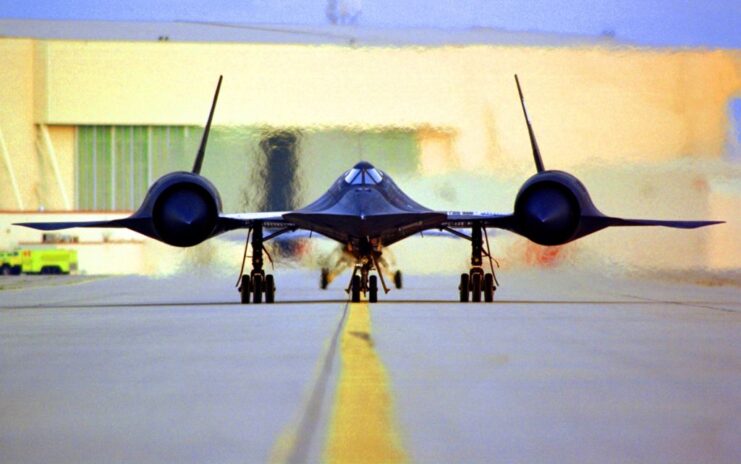
Flying at upwards of Mach 3.3 at 85,000 feet meant the SR-71 Blackbird’s frame had to withstand intense heat. Along with using titanium to coat 85 percent of the exterior, the aircraft’s windshield also had to be specially built. The outer portion of the screen was manufactured from quartz, and it was ultrasonically
All this allowed the windshield to withstand temperatures of up to 600°F.
Just 32 SR-71 Blackbirds were built
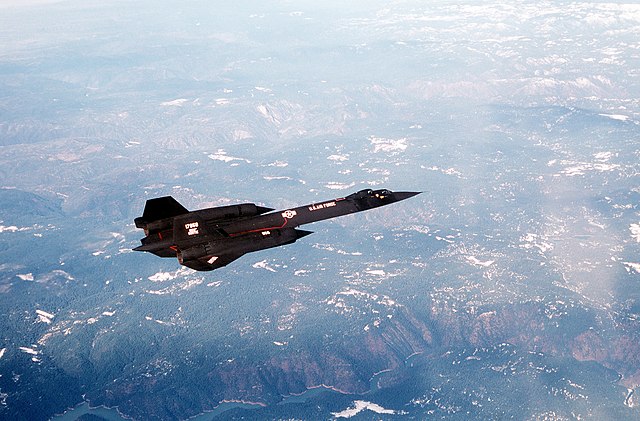
Given how famous the SR-71 Blackbird is, it’s easy to assume that several hundred units were developed over the course of its service life. However, that’s not the case – just 32 rolled off the production line.
Of that total, 12 were lost. None of these losses were to enemy action, and the majority occurred between 1966-72.
Continuing to set records after retirement
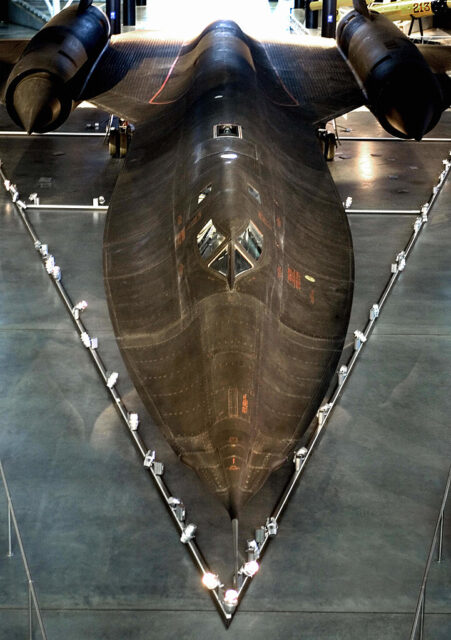
Just because the SR-71 Blackbird has been retired doesn’t mean it stopped being a revolutionary aircraft. In fact, it’s notable for setting a multitude of records AFTER being removed from active service with the US Air Force.
In 1990, while en route to the Smithsonian Institution, an SR-71 set the following four speed records:
- Los Angeles, California, to Washington, DC – 64 minutes, 20 seconds; traveling at an average speed of 2,144.8 MPH.
- American West Coast to East Coast – 67 minutes, 54 seconds; traveling at an average speed of 2,124.5 MPH.
- Kansas City, Missouri, to Washington, DC – 25 minutes, 59 seconds; traveling at an average speed of 2,176 MPH.
- St. Louis, Missouri, to Cincinnati, Ohio – 8 minutes, 32 seconds; traveling at an average speed of 2,189.9 MPH.
